-
play_arrow
WURD Radio
Philadelphia is fighting street violence through hospital and doctor visits
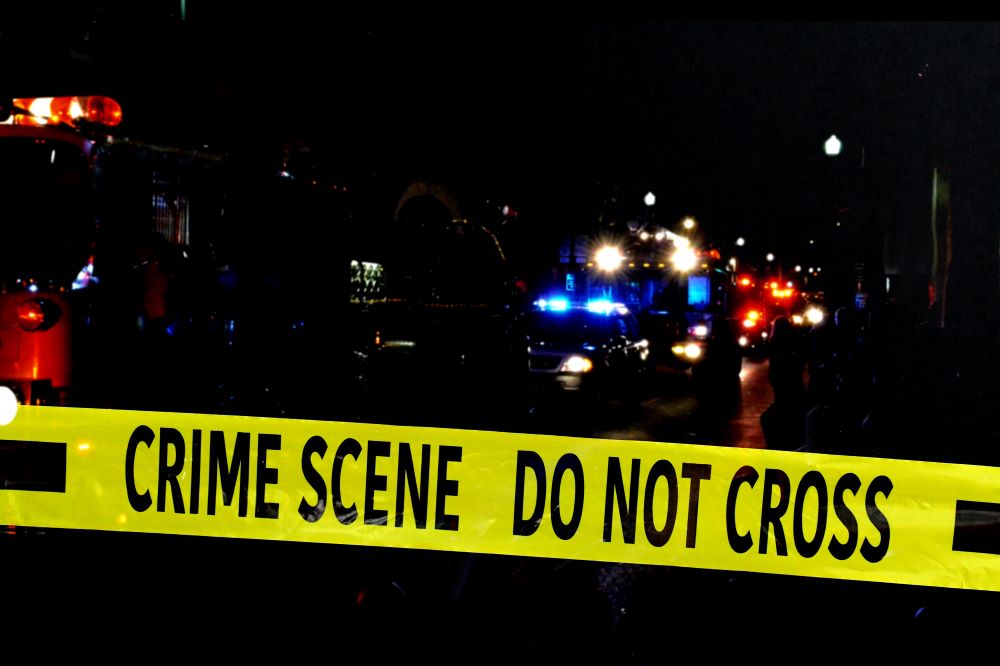

This story is part of the SoJo Exchange of COVID-19 stories from the Solutions Journalism Network, a nonprofit organization dedicated to rigorous reporting about responses to social problems.
By Peak Johnson | Solutions Journalism
As Philadelphia’s homicide count rises, community groups and medical professionals are using trauma-based cognitive therapies to better serve victims. Now, Portland and Chicago are following suit.
When Jermaine McCorey was shot in North Philadelphia 11 years ago, he met someone at the hospital who would change his life.
While lying in a hospital bed recovering from his wounds, McCorey was joined by Hugh “Tony” Thompson, a social worker who began to ask McCorey questions and listen for answers. Using a trauma-symptom checklist, McCorey realized that his wounds weren’t just physical but mental, too.
“Tony helped me to understand how to cope with overwhelming emotions stemming from PTSD and taught me the differences between listening to understand and listening to react,” McCorey says of his bedside talks.
At the time of their meeting, Thompson served as a community intervention specialist for Healing Hurt People (HHP), a program for people ages 8-35 who have been shot, stabbed or assaulted to support their long-term health, safety and wellbeing.
An extension of Drexel University’s Center for Nonviolence and Social Justice, HHP works with hospitals, schools and community centers to log and respond to a violent event in Philadelphia, typically within two to three days of it occurring. Then HHP appoints one of its community health workers or specialists to follow up with the victim in person or by phone. That’s when the specialists start employing evidence-based cognitive therapies, which assist a victim in recovering from trauma, understanding their experience and then growing from it.
“My role usually involves meeting and engaging with patients at the bedside and just making sure that individuals are being met where they are at the moment,” says McCorey, who after receiving HHP’s care now works on the other end providing it.
Some victims are skeptical about opening up, he says. But to help, McCorey shares success stories and shows them that the program works by staying in contact and advocating for them.
“Being able to understand what they are going through and being able to speak the same language, that’s where these individuals that we engage with begin to trust us,” he says.
McCorey, now formally a Community Peer Specialist employed by HHP, says those conversations have two kinds of benefits — practical and emotional. For one, he learned how to market himself and utilize the relationships of Drexel University to invest in free training in different behavioral health and trauma-informed subjects. But he also learned about himself.
“It was hard at first — I was super impulsive. I was just in survival mode, and I wanted to make sure I was able to take care of myself in the moment,” he says of his first meetings with Thompson. “Meeting Tony at my bedside when I was shot was able to give me clarity on all of the things I could do. It just opened my mind up to where I was able to think ahead.”
As a short-term program funded primarily by Philadelphia’s Department of Behavioral Health and Intellectual Disability Services, and the Office for Victims of Crime of the U.S. Department of Justice, HHP staff work with clients for no more than one year. But for clients who might require more aftercare, HHP staff offer booster sessions and are also able to exceed 12 months of services for more complex cases.
“We always keep the door open for individuals who have finished or were discharged from the program,” McCorey says. “Whether it be transportation to an appointment or whether they need insurance activation or reactivation, or they just need someone to sit and listen and be a peer I’m always open to re-engage.”
There has been success with HHP’s method of addressing violence. Both Chicago and Portland have replicated its model, for example. Healing Hurt People Chicago launched in 2013 as a collaboration among John H. Stroger, Jr. Hospital of Cook County, The University of Chicago Comer Children’s Hospital and the Center for Nonviolence and Social Justice. A partnership between Cascadia Health Services and Legacy Emanuel Hospital established Healing Hurt People Portland in 2013 as well. Like HHP, the program offers services tailored to young men of color who have experienced violent gunshot or stabbing wounds.
And as for Philadelphia, McCorey says a steady stream of individuals have been reaching out. Between April 2020 and March 2021, HHP served 222 individuals ages 6 to 35. The increase, McCorey adds, can be explained by both the lack of resources around job assistance, as well as the atmosphere of anxiety the homicide spike has created.
‘Something is happening that’s impairing their health’
According to last year’s citywide health assessment conducted by the Philadelphia Department of Public Health, the homicide mortality rate in Philadelphia has increased over the past few years, barring a small decline between 2018 and 2019. The rate was highest among African Americans, with the report suggesting homicides are nearly 15 times that of non-Hispanic Whites and more than double the rate among Hispanics.”
HHP does partner with multiple social services organizations, many also focused on violence prevention and intervention. It benefits HHP’s clients by addressing their multiple unmet basic needs.
Beyond sheer numbers alone, homicide can create long-term health consequences for those who both experience it directly and witness it indirectly. That’s what Chantay Love realized after her own brother, Emir Greene, was killed in 1997.
“The emotional part of the loss takes its toll on the body, so we need to be able to take care of the body, too,” Love says.
To help others coping with the trauma caused by street violence, Love co-founded Every Murder is Real (EMIR), a nonprofit “healing center” providing services and support for Philadelphians who have been affected by homicide.
Like HHP, EMIR offers individual therapy. But it also offers broader, wraparound supports — assistance with the victim compensation fund, education about the criminal justice system, grief support groups and in-court support and advocacy.
Understanding that violence can begin at a young age, EMIR also deploys crisis response teams in schools experiencing the loss of a student; that includes everything from individual therapy for all members of a school community to workshops helping teachers recognize trauma in their students.
But one of the biggest intervention points, Love says, is in the doctor’s office, where physicians often neglect the way physical symptoms coincide with emotional loss. She remembers one violence victim in particular, a woman holding a picture of her son who had been killed eight months earlier.
“We started probing and asking her, ‘When was the last time that you’ve seen your doctor, and have you told your physician about your loss?’” Love remembers. The patient said she hadn’t, so Love intervened. “The physicians that are supposed to be a part of your healthcare should have at least a baseline of where things started to trigger and go another way,” she explains, adding that the physical consequences of trauma often trigger others. “If you’re losing weight, gaining weight, your blood pressure is going up.”
When EMIR began working more with hospitals, physicians invited Love and other case managers to lectures to discuss what trauma looked like from an urban lens. It was important, Love remembers, for people not to misinterpret how people of color care about their health and well-being.
Instead, EMIR recommended physicians strive to better understand how a person’s circumstances influence their health, especially in Black and Brown communities, using the same trauma checklist as HHP.
“If you take the assessment of the person in their environment in their lifestyle and then ask certain questions, then you’ll find out it’s not just that they don’t care. It is something that is happening to them that is impairing their health,” Love says. “I believe that we should have partnerships as far as health and that when trauma occurs like murder it does impact your body. And teaching physicians and residents about this is what happens when a person loses someone, they respond this way, it might look like this. It doesn’t mean they don’t care, it means they’re hurting.”
The dialogue between patient and physician opens a lens for people of color who, especially in healthcare, have not always been considered important, Love adds.
“It allows them to be empowered, but it also allows the medical side to say that it’s not just about an aspirin, the examination must go deeper,” Love says. “It must go deeper.”
This story was supported by the Solutions Journalism Network. You can republish this story for free through the SoJo Exchange.
THE WURD WEEKLY NEWSLETTER
Black Talk Media sent straight to your inbox.
BECOME A MEMBER
The forWURD Movement is your way to
protect and preserve Independent Black Media.
Written by: wurdradio21stg
drexel university EMIR Every Murder Is Real Healing Hurt People philadelphia public health solutions journalism violence
Similar posts
Featured post
Latest posts

This week on WURD: Funding controversy in the sheriff’s office, primary elections recap and the future of national emergency abortion care
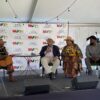
ecoFEST: A celebration of Earth Day
New partnership with Spotlight PA to provide the Allegheny County with more investigative and public-service journalism

Higher internet costs could be on the way for low-income Pa. residents as federal subsidies run out

This week on WURD: Atlantic City mayor and spouse charged with assault, Mayor Parker’s first 100 days, chronic absenteeism across Philly schools
Current show
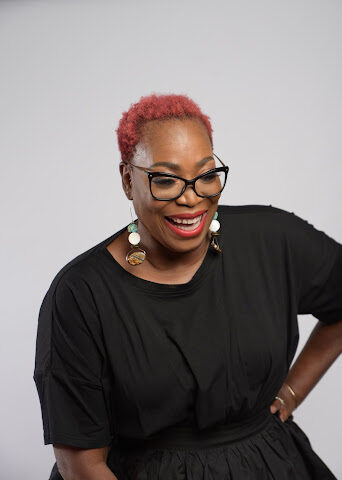
The Source with Andrea Lawful-Sanders
The Source, hosted by a powerhouse lineup of leaders from the Philadelphia region, offers fresh perspectives on news, politics, finance, economic development, personal growth and healing.
closeUpcoming shows

Wake Up With WURD
7:00 am - 10:00 am

ecoWURD Magazine
10:00 am - 11:00 am

The Source with the Black Women’s Leadership Council
11:00 am - 1:00 pm
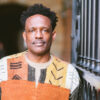
GROUNDINGS with Brother Shomari
1:00 pm - 4:00 pm

Laborers
4:00 pm - 5:00 pm
WURD Radio LLC © 2012-2021. All rights reserved.


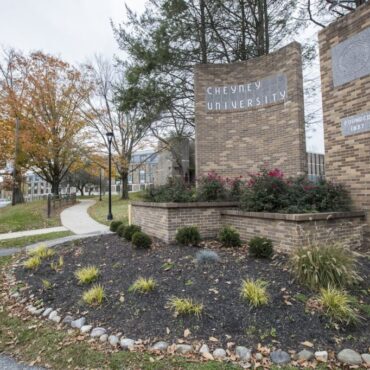
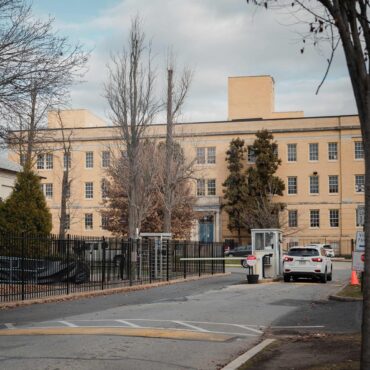


Post comments (0)